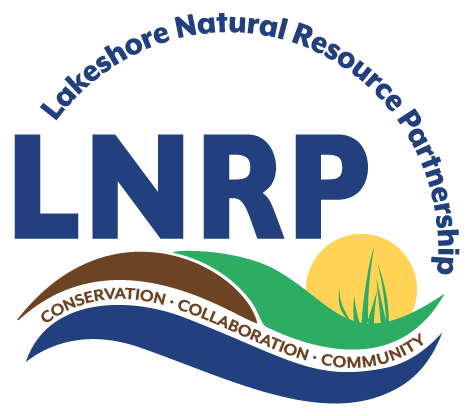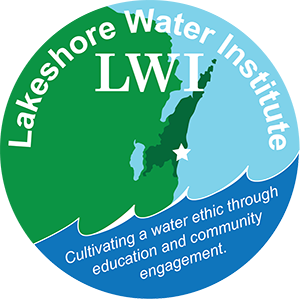Project Update — A Successful 2023 Lakeshore Water Summit
The Lakeshore Water Institute, a collaboration between Lakeshore Natural Resource Partnership (LNRP) and UW-Green Bay Manitowoc, hosted the annual Lakeshore Water Summit on Wednesday, October 11th. The summit provided a forum for students, who call themselves the “Stream Team,” to present on data that they collected and analyzed over the summer.
From May to August, 9 students from UW-Green Bay collected hundreds of samples from sites in Little Manitowoc Creek, Centerville Creek, Pine Creek and Calvin Creek. Data from these samples was added to an exhaustive data set, spanning 13 years. This year, students sampled at both historic and new sites. These additional sites were chosen to collect pre-restoration data in areas where Manitowoc County is adding harvestable buffers and where LNRP is working with the Manitowoc County Lake Association to reduce the phosphorus loading at Carsten’s Lake. Pre-restoration data is essential to demonstrating the success of often expensive projects. All sampling efforts are a part of the Wisconsin Department of Natural Resources Northeast Lakeshore TMDL, which aims to quantify and put reduction targets on phosphorus and suspended solids entering Lake Michigan.
As for the summit, this year’s presentation focused on the demonstrated success of the Centerville Creek restoration project. The restoration began in 2012 and focuses on the most downstream area of the creek, right at the mouth of Lake Michigan. As part of their data collection, students measured phosphorus weekly and after rain events. Historically, phosphorus spikes after rain events due to increased surface water runoff into the creek carrying phosphorus and other contaminants. This year, for the first time, data demonstrated that phosphorus levels along the restoration site were consistent in times of high rainfall. This was in stark contrast to sites further upstream on Centerville Creek, where there was an observable fluctuation in phosphorus dependent on rainfall, especially in the early summer before vegetation was more established. Although it is early, this is a promising sign that the restoration is successful, and encouraging for other restoration projects aimed at reducing the amount of phosphorus entering Lake Michigan.
If you are interested in watching the Lakeshore Water Summit recording, or viewing the 2023 data by specific site, please visit The Friends of Hika Bay website.






